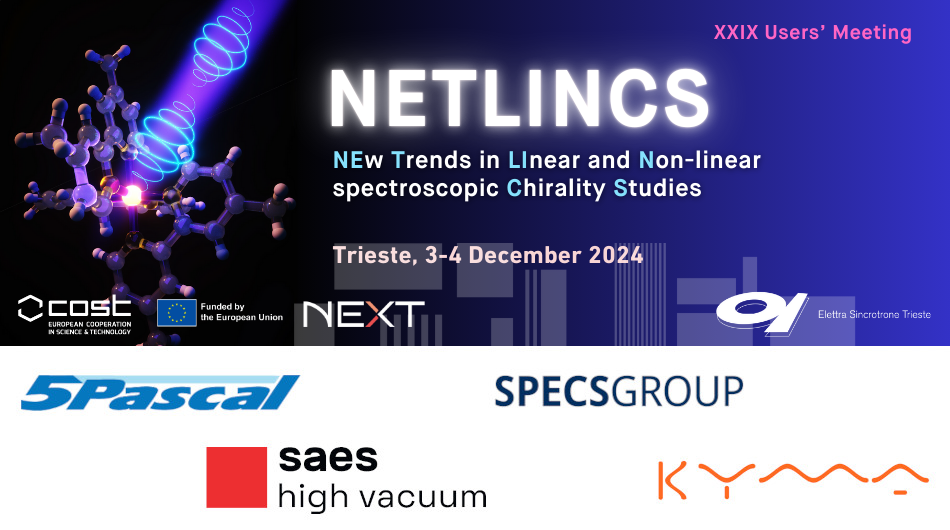Speaker
Description
The incorporation of chiral structures into photochemical systems is a powerful strategy to control their functions [1]. For example, uni-directional molecular motors, chiral photocatalysts, and chiral metal nanostructures have achieved exceptional levels of stereocontrol over mechanical motion, energy transfer, and electric charge-carriers on the nanoscale. However, the direct characterization of the underlying chiral excited states remains a formidable experimental challenge, due to a lack of analytical techniques that combine high chiral sensitivity in solution phase with ultrafast time resolution [2].
To address this challenge, we have developed an ultrafast electronic circular dichroism set up that measures the absorption difference of left- and right-circularly polarized laser pulses in photoexcited chiral molecules [3]. Through an ultra-sensitive broadband detection scheme, we are now able to capture ultrafast changes in molecular chirality and follow the stereochemical evolution of the associated photoexcited states with sub-picosecond time resolution. This development has extended the scope of ultrafast chiral spectroscopy to new classes of chiral photochemical phenomena, which I will illustrate via two examples: 1) the identification and control of a new reaction coordinate in the spin-crossover dynamics of Fe(II) complexes [4], and 2) the investigation of the energy and chirality transfer dynamics in a chiral lanthanide-based OLED complex with circularly polarized luminescence (CPL) [5].
References
[1] J. R. Brandt, F. Salerno, and M. Fuchter, Nat. Rev. Chem. 1, 0045 (2017)
[2] M. Oppermann, CHIMIA 78, 45-49 (2024)
[3] M. Oppermann, B. Bauer, T. Rossi, F. Zinna, J. Helbing, J. Lacour, and M. Chergui, Optica 6, 56 (2019)
[4] M. Oppermann F. Zinna, J. Lacour, and M. Chergui., Nat. Chem. 14, 739-745 (2022)
[5] J. L. Lunkley, D. Shirotani, Y. Kazuaki, K. Sumio, and G. Muller, J. Am. Chem. Soc. 130, 13814-13815 (2008)

